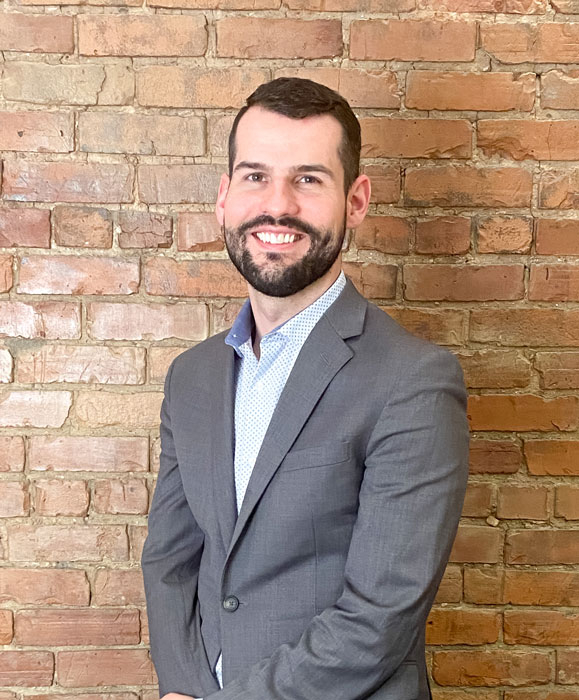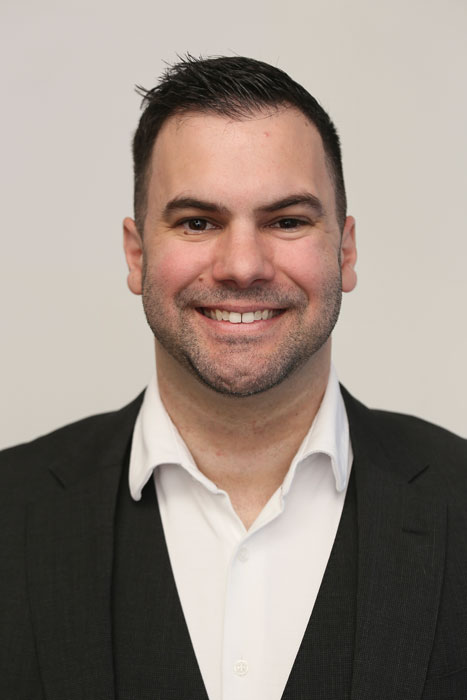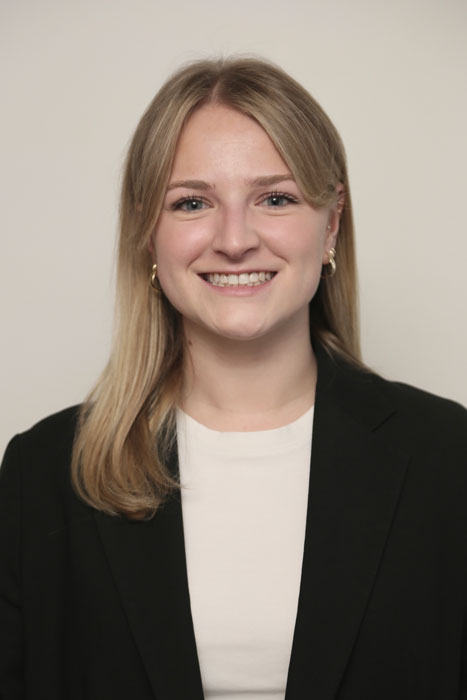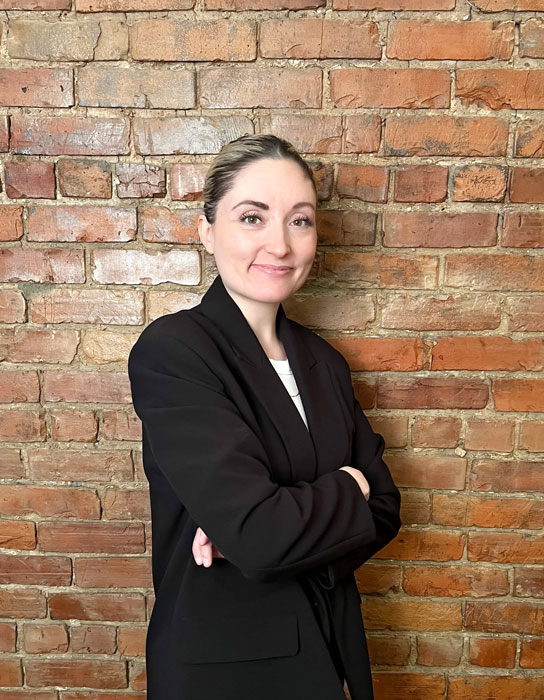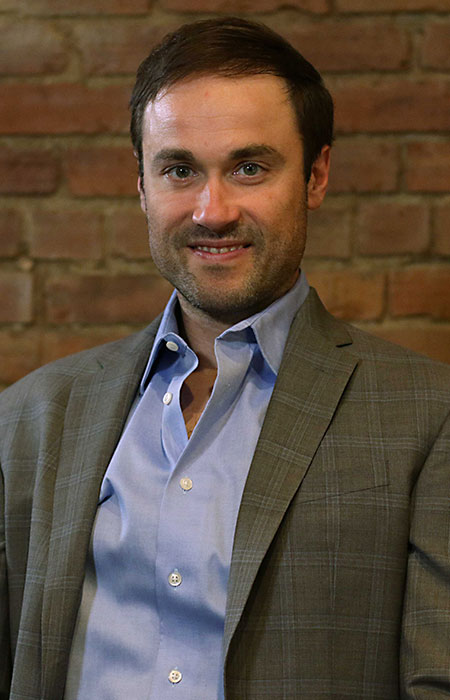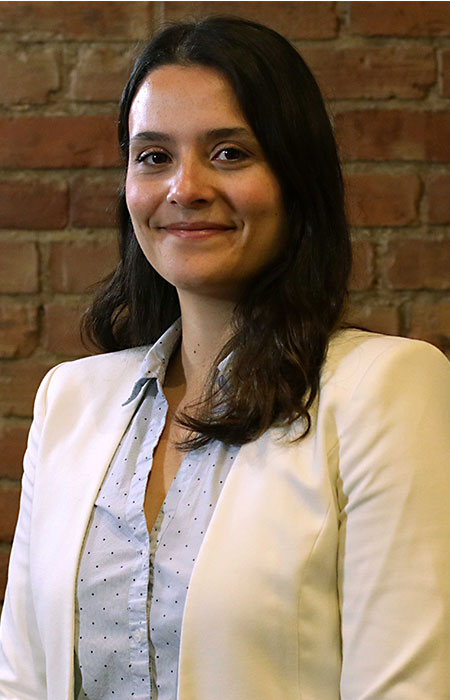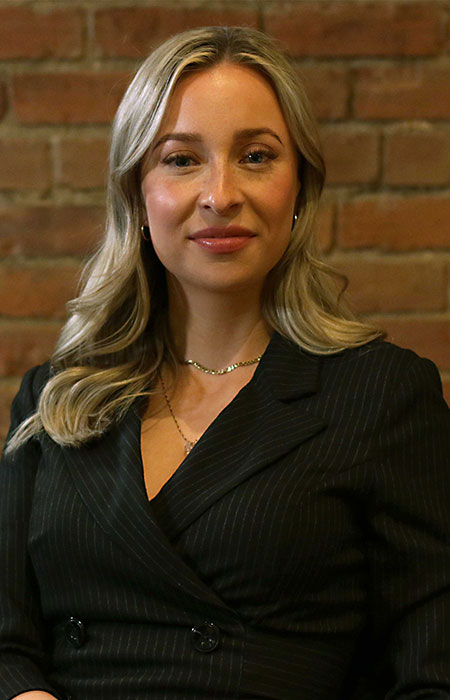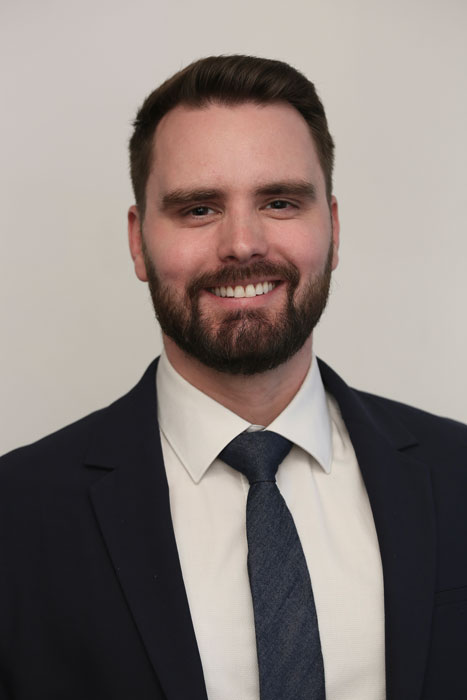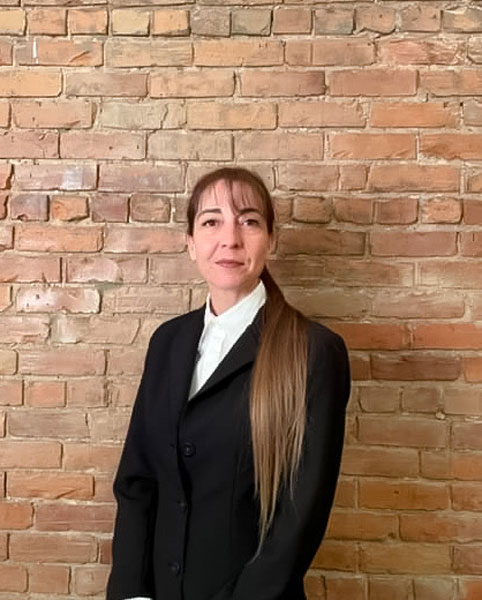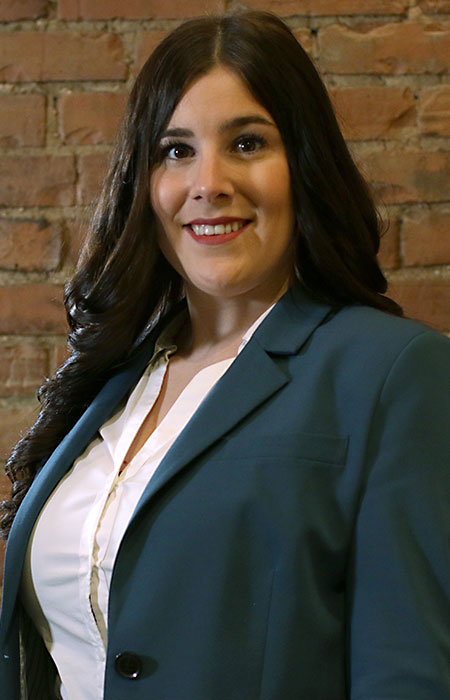The dark faces of finance: delinquency in search of rehabilitation

By Audrey Van Strydonck
Criminal lawyer at Riendeau Avocats
In a world where financial crimes and economic delinquency are increasingly widespread, the notion of
The term “white-collar delinquent”, popularized by Edwin H. Sutherland in 19391, continues to evoke those elegant business figures who skilfully juggle ethics for personal gain. Today, this notion extends far beyond this, encompassing a range of offences, including financial fraud, embezzlement, insider trading, money laundering and cybercrime2, all of which have in common the fact that they are perpetrated by wealthy individuals, who manipulate the figures to their advantage.
In his book “Why They Do It “3, Harvard Business School Professor Emeritus Eugene Soltes delves into the murky minds of financial fraudsters. It explores the mental meanderings of those who justify their actions by unscrupulous opportunism. Like Sutherland before him, Soltes points out that these offenders, once seen as masters of the game, have now lost their aura, as society no longer tolerates their misbehavior. Soltes argues that academic theories of white-collar crime do not offer a comprehensive view of why many seemingly prosperous individuals cross the moral boundary. He asserts that white-collar criminals are not motivated solely by excessive greed or arrogance, nor do they conduct a calculated cost/benefit analysis before deliberately breaking the law. Instead, Soltes maintains that the individuals he studied who committed crimes did so on the basis of their intuition and instinct.
Instead, some economists believe that when they make the decision to commit crimes, at least to some extent, offenders weigh up the costs and benefits of their behaviour4. This belief suggests that, to prevent white-collar crime, legislators should ensure that the anticipated punishment is high enough to outweigh the expected benefit. As white-collar offenders often have substantial resources at their disposal, large-scale fines combined with incarceration have been seen as the optimum deterrent5. Nevertheless, the economic perspective on fines and incarceration assumes that both sufficiently deter criminal behavior; yet this presumption is based on very little empirical evidence6.
In recent years, the many high-profile financial scandals such as Enron, WorldCom and Madoff have shaken the pillars of global finance, revealing the dark sides behind the glamour of the financial districts of major metropolises. These cases have exposed the complex workings of financial deception and undermined public confidence in financial institutions and large corporations. They also painted a vivid picture of the greed and lack of morality that can sometimes lurk behind the faces of high finance.
In Quebec, this same reality is no stranger to us. The sponsorship scandal revealed significant irregularities in government affairs, while the fraud at Montreal’s Marché central métropolitain highlighted the challenges facing the commercial real estate sector. More recently, the Norbourg scandal demonstrated how a fund management company can betray its clients’ trust, resulting in considerable financial losses.
Faced with these crises, the legislative response was swift and brutal, with prison sentences and fines for economic offenders considerably increased7. This reaction often stems from the same cost/benefit theory, where increased penalties are seen as a means of deterrence by increasing the risks and costs associated with committing financial crimes. However, this approach, developed under media pressure and public outrage, has significant shortcomings. On the one hand, it often ignores the nuances of offender profiles, running the risk of equating all fraudsters with conventional criminals. On the other hand, this reaction overlooks the structural and cultural roots that foster such deviant behavior in financial circles.
At the heart of the debate on economic crime is the often downplayed public perception of its seriousness. This attitude, which relegates these offenses to the background, sends a pernicious message to potential offenders: their actions are not that serious8. Yet nothing could be further from the truth. The consequences of economic crime extend far beyond numbers and financial transactions, undermining the very foundations of trust in institutions and undermining the financial security of taxpayers, notably through higher prices for goods, insurance premiums and taxes9.
An alternative, more effective approach would be to understand the profiles of economic offenders and develop preventive and rehabilitative measures tailored to their specific characteristics. By investing in rehabilitation programs specifically designed to address the problematic aspects of their personalities, we can hope to reduce recidivism and promote their successful reintegration into society. However, it is crucial to recognize that economic fraudsters often present a high risk of recidivism10. Their propensity for risk-taking, combined with their narcissistic tendencies and lack of empathy for their victims11, can lead them to repeat their criminal behavior, even if it’s in their own best interests.
after being severely convicted. Consequently, preventing recidivism should be an essential component of any rehabilitation program for economic offenders.
As a defense lawyer building up a clientele predominantly focused on economic offences, my mandate is not limited to obtaining the most lenient sentence based on a given set of circumstances. My aim is also to ensure that the sentence negotiated and ultimately handed down offers effective potential for rehabilitation, while being adapted to the specific needs and circumstances of economic offenders. In doing so, I am committed to acting in accordance with section 718 of the Criminal Code, which sets out the principles of sentencing, ensuring that justice is done fairly and that sanctions genuinely contribute to the social reintegration of individuals while preserving the interests of society.
A punitive approach often only exacerbates underlying problems without resolving the root causes of criminal behavior. On the contrary, by adopting an approach focused on rehabilitation and reintegration, we can aspire to a more balanced and effective justice system, while safeguarding the interests of victims and society as a whole. It is in this spirit that I pledge to pursue my mission of defending rights and promoting justice.
1 E.H. SUTHERLAND, White Collar Crime, the Uncut Version (1983)
2 Guy COURNOYER and Josée MAILHOT, Code criminel annoté 2024, Cowansville, Éditions Yvon Blais, 2023, art 380. ALSO SEE: Alan D. GOLD, Halsbury’s Laws of Canada, Reissue 2020, Criminal Offences and Defences, “Property Offences: Fraud and False Pretences: Fraud” (XI.6.(1)) at HCR-363
3E. SOLTES, Why They Do It: Inside the Mind of the White-Collar Criminal (2016)
4G. S. Becker, Crime and Punishment: An Economic Approach, 76:2 J. POL. ECON. 169, p. 207-208 (1968); T. J. MICELI,
The Economic Approach to Law, p.288-290 (2004)
5B. L . CAMPBELL, The Economy of the Debtors’ Prison Model: Why Throwing Deadbeats into Debtors’ Prison is a Good Idea, 32:3 ARIZ. J. INTL. & COMP. L. 849, p. 852 (2015); T. J. MICELI, supra note 4, p. 293- 295
6MichelleDE HAAS, “Punishing White-Collar Crime in Canada: Issues with the Economic Model of Crime and Punishment”, (2021) 59:1 Alberta Law Review, CanLIIDocs 2389, p. 202 (PDF), accessed February 22, 2024
7 E. SOLTES, supra note 3, p. 37 à 41.
8 Sophie GAGNON, “L’évaluation de la structure de personnalité d’un échantillon de fraudeurs québécois”, in S.F.P.B.Q., vol 369, Développements récents en droit criminel, Cowansville, Éditions Yvon Blais, p. 6, at p. 9.
9 P. HEALY & G. SERAFEIM, “Who Pays for White-Collar Crime?” 16:148 HARVARD BUSINESS SCHOOL
WORKING PAPER p. 2 (PDF), accessed February 21, 2014, online: <www.hbs.edu/ris/Publication%20Files/16- 148_fdda8213-730c-4929-bf3b-bf077666c1a3.pdf>
10 J. M. IVANCEVICH & al, “Deterring White-Collar Crime” 17:2 ACAD. MANAGE. EXEC. J. 114, p. 118 (2003)
11 S. GAGNON, supra. note 8, p. 19 CITANT: R. D. HARE, Without Conscience: the Disturbing World of the Psychopaths Among Us, (1999) and R. D. HARE,The Hare Psychopathy Checklist: Revised, Toronto, Ontario, MultiHealth Systems Inc., 1991

